Nits (Eggs)
Tiny, oval, yellow or white eggs. Laid close to the scalp, they are firmly attached to hair shafts, typically around the ears and neck.
Learn MoreWhen it comes to managing head lice, knowledge is your best ally. Understanding the nature of these pests and how to approach treatment can make a world of difference for both you and your child.
This visual illustrates the three key stages of the head lice life cycle, highlighting their characteristics and impact on infestation dynamics.
Tiny, oval, yellow or white eggs. Laid close to the scalp, they are firmly attached to hair shafts, typically around the ears and neck.
Learn MoreHatch from nits and mature within about a week. These young lice are smaller than adults and also feed on blood.
Learn MoreCan live for approximately one month on the scalp. Capable of laying up to 100 eggs during their lifespan, perpetuating the infestation.
Learn MoreUnderstanding each stage is crucial for effective treatment, ensuring all life forms are targeted to prevent recurrence.
Get Expert TipsAs a parent, discovering that your child has head lice can feel overwhelming. You might wonder how these tiny pests have invaded your home and what steps to take next. At Lice Nits, I’m committed to providing you with the information you need to manage head lice effectively and confidently. Understanding the nature of head lice and how they affect children is the first step in tackling this common challenge.
Head lice infestations are more than just a nuisance; they can cause stress for both children and parents. Often, kids feel embarrassed or anxious about having lice, which can lead to social stigma. It’s essential to approach this situation with knowledge and empathy, ensuring that your child feels supported. Let’s dive into the challenge of these little critters!
Head lice are highly contagious, often spreading through close contact with others. This makes children, who play and share personal items frequently, particularly vulnerable. Schools and daycare centers are common hotspots for outbreaks. To learn more about how lice infest and spread, you can refer to this detailed article on head lice infestation dynamics. Here are some reasons why lice infestations can be such a challenge:
Recognizing these factors can help you stay alert and take preventative measures. Remember, even the cleanest homes can face lice issues, so don’t feel guilty if it happens to you!
Identifying head lice early on can make the management process smoother. The most common sign is persistent itching, often caused by an allergic reaction to lice bites. Here are additional signs to watch for:
As a parent, it’s important to remain calm and proactive when checking your child’s hair. Regular inspections can help you catch any potential infestations before they escalate. If you spot any signs, don’t hesitate to reach out for effective treatment options!
Understanding the life cycle of head lice is key to managing and preventing infestations. Lice go through three main stages: egg (nit), nymph, and adult. Each stage has its own characteristics:
By understanding this life cycle, you can make informed decisions on when and how to treat infestations. For comprehensive information on the life cycle and types of lice, you can explore resources like this lice fact sheet. At Lice Nits, we emphasize the importance of thorough treatments that target all stages of lice to ensure a successful resolution.
Did you know? Regularly inspecting your child's hair, especially after playdates or sleepovers, can significantly help in early detection of head lice. Make it a fun routine by using a special comb or creating a chart to track inspections. This proactive approach not only helps in spotting issues early but also reduces anxiety for both you and your child!
When it comes to treating head lice with essential oils, it's crucial to approach the process safely and effectively. At Lice Nits, we believe that empowering parents with knowledge is the key to managing these pesky invaders. Here are some essential practices to keep in mind:
By following these guidelines, you can ensure a more effective and less stressful experience while treating head lice with essential oils. Remember, safety first!
As a parent, managing head lice can feel daunting, but understanding a few key points can make a world of difference. Here are some key takeaways I want to share with you:
Keeping these points in mind can help you navigate the treatment landscape with confidence and ease.
One of the most important steps in addressing head lice effectively is seeking advice from healthcare providers. Your pediatrician can offer insights tailored to your child’s specific needs. Not only can they help you choose the right treatment options, but they can also provide guidance on safe application methods and potential interactions with any other medications your child may be taking. For an overview of current trends and challenges in pediatric care, including approaches to common issues like lice, consider exploring resources from the National Institutes of Health.
Don’t hesitate to reach out and ask questions! It’s essential to have a trusted ally in this process. After all, ensuring your child’s health and comfort is our top priority at Lice Nits. Together, we can tackle head lice effectively and with care!
When it comes to treatment, making the experience as comfortable as possible for your child can make a huge difference. Here are some tips to help reduce anxiety and ensure cooperation during the process:
By turning treatment into a positive experience, you can help your child feel more at ease and willing to cooperate!
For parents looking to dive deeper into the world of essential oils and their efficacy against head lice, I recommend exploring some trusted resources. Here are a few valuable reading materials and essential oil brands that focus on evidence-based practices:
Equipping yourself with reliable information will enhance your ability to manage head lice effectively while ensuring your child's well-being. Stay informed and feel confident in your choices!
Here is a quick recap of the important points discussed in the article:
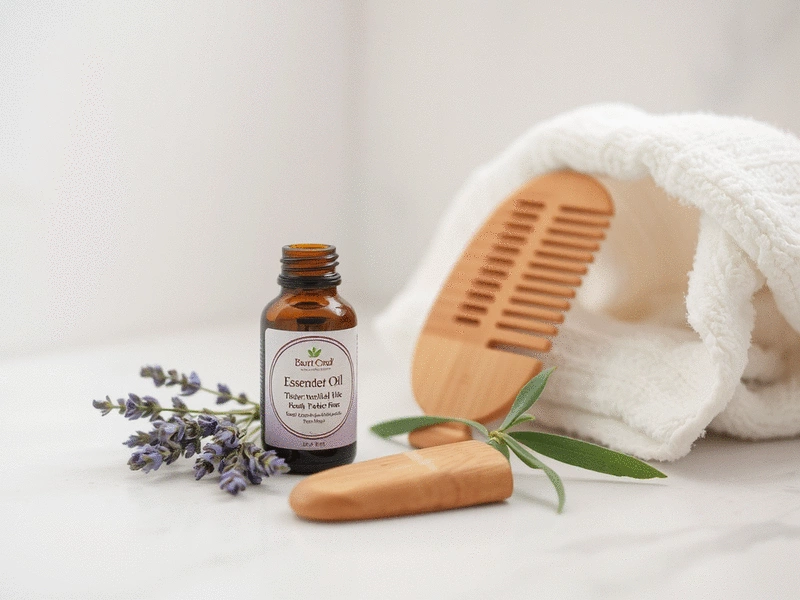
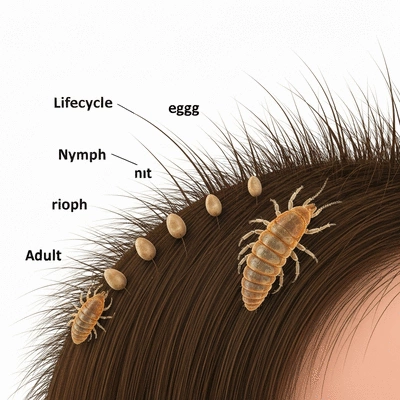
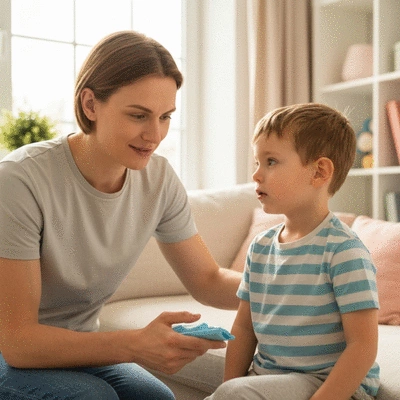
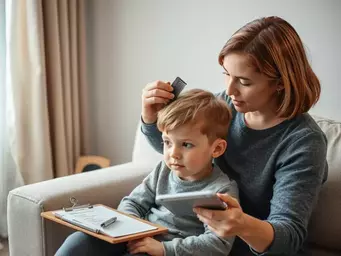 Have you ever felt the panic that arises when you discover head lice on your child's scalp? Understa
Have you ever felt the panic that arises when you discover head lice on your child's scalp? Understa
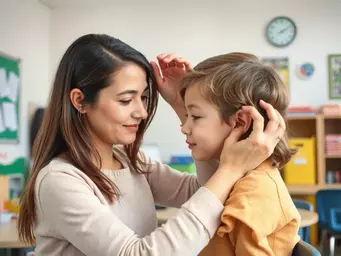 It's surprising how easily something as small as a head louse can disrupt an entire school community
It's surprising how easily something as small as a head louse can disrupt an entire school community
 What if the key to your child's comfort and well-being lies in understanding the aftercare process f
What if the key to your child's comfort and well-being lies in understanding the aftercare process f
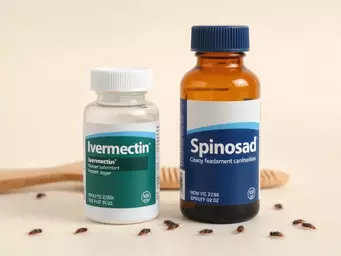 What if a single application could free your family from the stress of head lice? One-dose treatment
What if a single application could free your family from the stress of head lice? One-dose treatment